Imagine your job is to travel the world capturing gorgeous surfing scenes or climbing big walls like El Capitan in Yosemite. That’s what Jeff Johnson does for Patagonia, and he has a catalog of work that would make anyone envious. Watch and listen as he tells us about his secret sauce as a photographer.
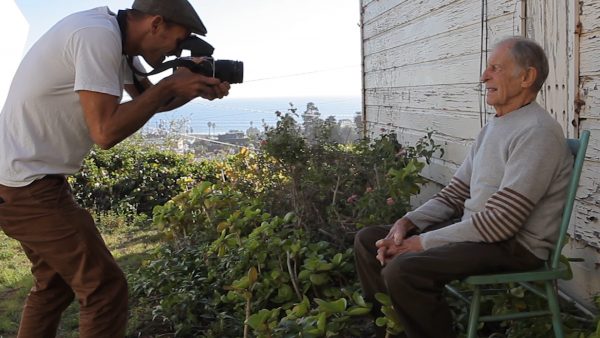
Patagonia Photographer Jeff Johnson
Composition
I think it’s just really basic, just simplicity. You want your photographs, or at least I want mine, to be really simple. I think the best photographs is where the last thought when someone is looking at the photograph is the photographer. It’s not something people are thinking of, “how did he get that shot?” They’re looking at that photo and they’re in it and they’re not even thinking about a photographer.
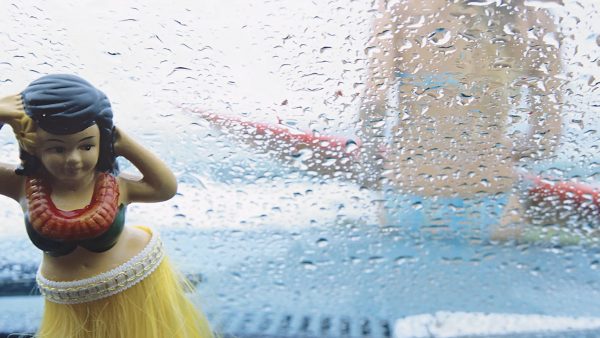
Photo by Jeff Johnson
Difficulties of Climbing or Swimming and Shooting
It is challenging to climb and shoot. It depends on where you’re doing it. But going up on a wall is equivalent of swimming out a pipe or something. You know it’s really involved. I think there’s photographers and even some magazines paying more money for water shots than they do for land shots because there’s more that goes into it. You’re sitting on land with your 600 or you’re in the water with your fisheye. They both look beautiful. But one’s a little more involved. Plus you’re high up there on a wall like El Capitan. Sometimes you’re up there sometimes for five days or something. It’s not just a one day thing. So there’s a lot of rigging involved and getting away from the party that’s climbing. That’s the most important thing, getting away from them. Because you’re so close to them on a ledge.
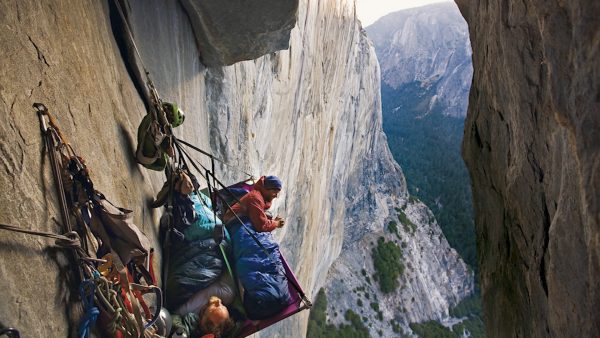
Photo by Jeff Johnson
It’s physically demanding, like swimming out in the water with your housing. It’s like the same kind of thing with the housing’s a little simpler. You just have your housing, your swim fins. It’s not as gear intensive, but it is a physical thing and harder to really compose your shot. But climbing you have time, the wall’s not going anywhere. Whereas the wave only happens once. So they both have their challenges.
Capturing Emotion
What I like best is people, and getting some sort of emotion out of the people. It’s hard to pinpoint that thing that’s happening but when you get it, it’s usually not what you expected. When you’re setting something up, you have this idea, you go and you set it up. And then something else happens and that’s your shot and that’s the Mojo. That shot that you thought about, that you set up, is not the shot, from my experience. It’s what you didn’t plan on. Hopefully you capture that thing that you didn’t plan on.
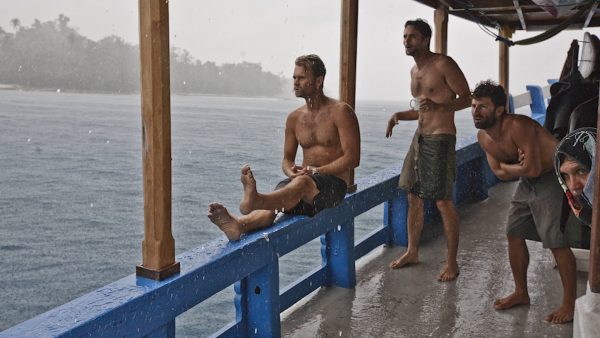
Photo by Jeff Johnson
If I’m shooting people on the street, it’s about getting close. I think getting right up in there with the people and getting them used to you being around. So they’re not looking at the camera and with that you’re going to get some sort of real feeling in there, because it’s real.
The Elements
I think on a day to day basis is the elements that’s challenging. Especially if you’re working with natural light. I don’t work with any kind of lights or flashes or anything, so I’m really dependent on the environment. It’s the biggest challenge for me, which can get tough on trips is the elements not working with you.
Practice and Finding Subjects
The best thing you can do to improve your photography is to shoot, shoot, shoot, shoot, shoot. And finding subjects. Every outdoor photographer needs somebody to shoot. And that’s the hardest thing, is having somebody shoot. A lot of times you can be a great photographer, but if you have nothing to shoot, you don’t have a photograph.
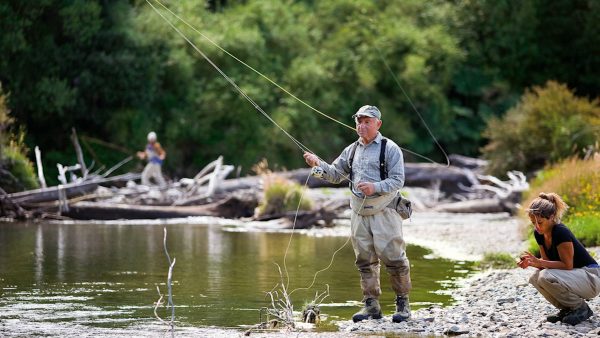
Photo by Jeff Johnson
Thanks for joining us again. I hope you enjoyed hearing from Jeff and will go out and put his advice to use for yourself. Be sure to subscribe to our channel and follow our blog to keep up to date with all of our content. Also, please share like, and leave your comments. I love hearing from you, and remember to get out and capture your own images of life.

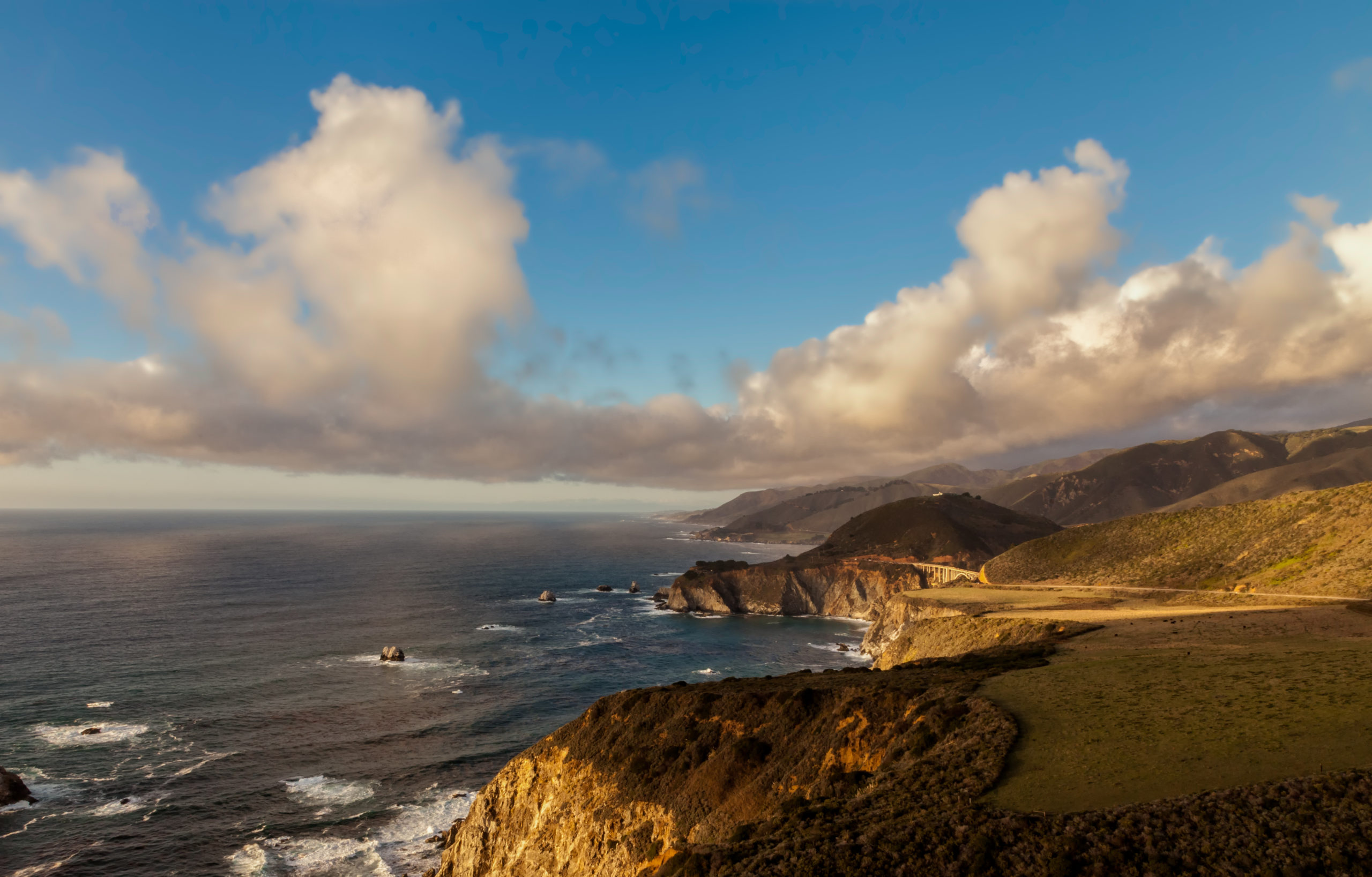
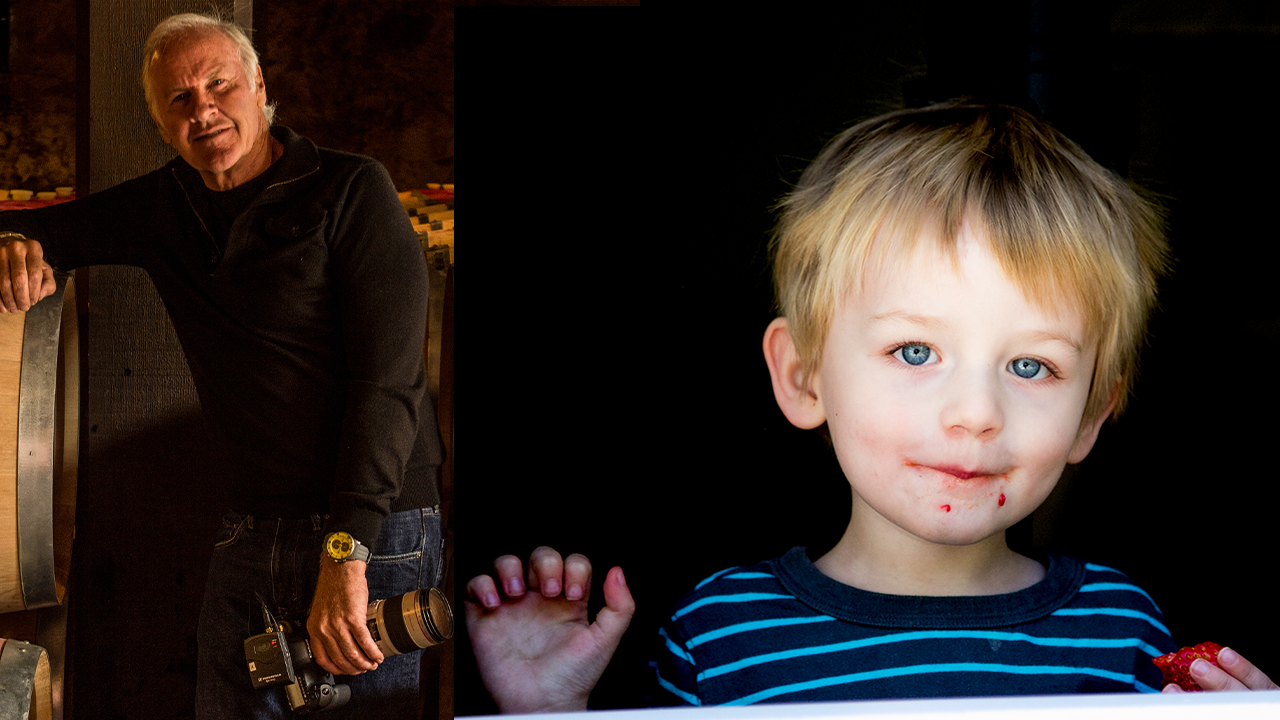
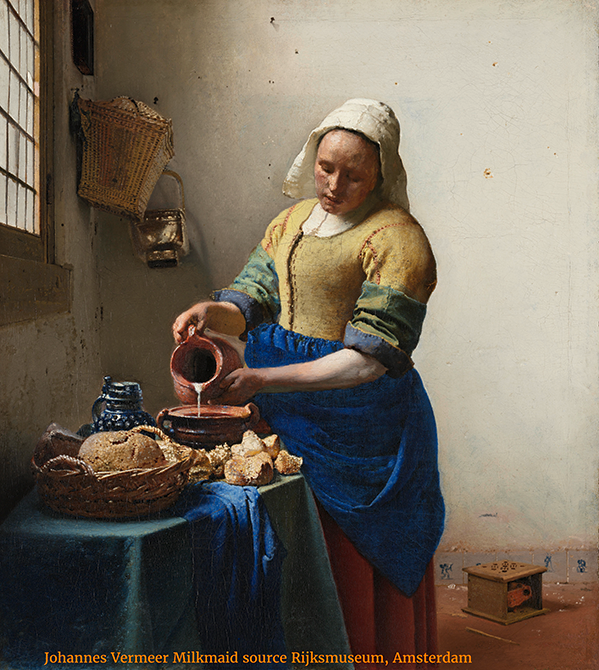
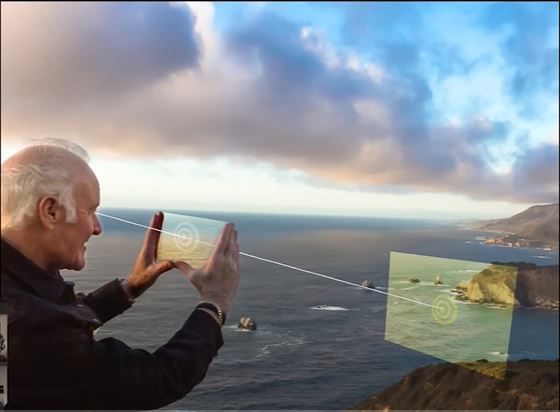

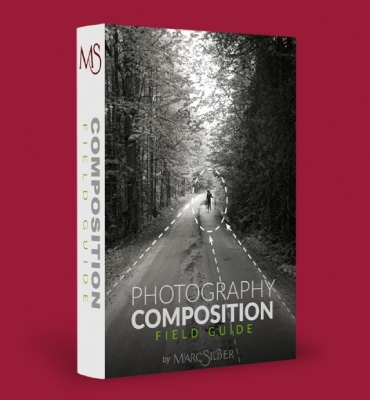
Leave A Comment
You must be logged in to post a comment.